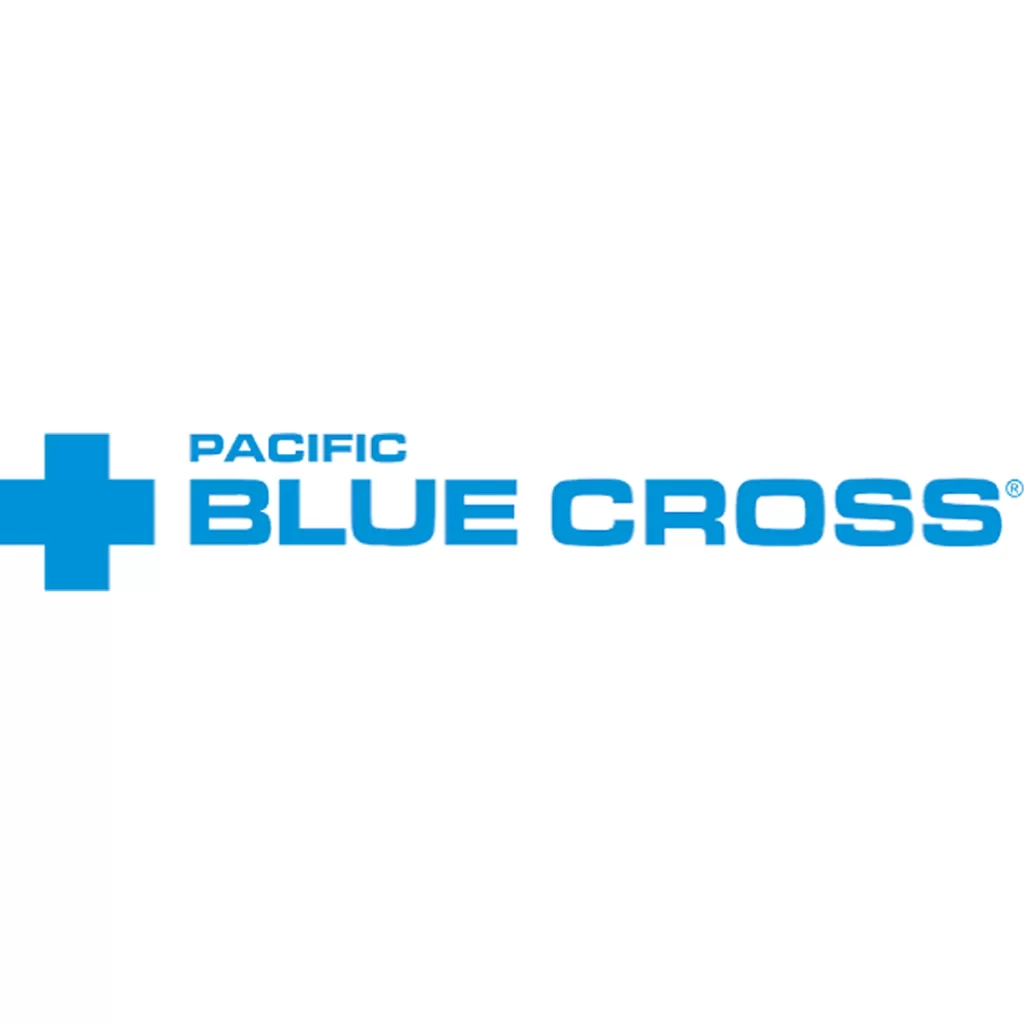| Drug Name: | Clonazepam / Klonopin |
| Dosage: | 2 mg |
| Price: | from $2.78 per pill |
| Availability:In Stock |

Is it safe to buy Clonazepam online? What are the risks of purchasing this medication from the internet, and how can you distinguish a licensed pharmacy from a scam?
What are the legal consequences of ordering Clonazepam online? In which countries or U.S. states is it legal to buy it online, and where could it lead to fines or even criminal charges?
Cheap Clonazepam online vs. offline: is there a difference in quality? Does the composition and effectiveness of the drug vary when purchased from an online pharmacy versus a traditional pharmacy?
What are the best alternatives to Clonazepam available online? Are there any safe and legal over-the-counter substitutes that can be purchased on the internet?
How can you avoid addiction when taking Clonazepam without prescription bought online? What are the best ways to manage dosage and prevent dependency, especially when the drug is easily accessible online?
This randomized, open-label, naturalistic 8-week study aimed to compare the effectiveness and safety of clonazepam (N = 63) and paroxetine (N = 57) in patients diagnosed with panic disorder, with or without agoraphobia. The assessment of efficacy was based on the frequency of panic attacks and clinical evaluations of panic disorder severity using the Clinical Global Impression (CGI) Improvement (CGI-I) and Severity (CGI-S) scales. Most participants were female (69.8% in the clonazepam group and 68.4% in the paroxetine group), with an average age of 35.9 ± 9.6 years for those receiving clonazepam and 33.7 ± 8.8 years for those on paroxetine.
At week 4, clonazepam was associated with fewer weekly panic attacks compared to paroxetine (0.1 vs. 0.5, P < 0.01), and by week 8, it showed greater clinical improvement (CGI-I: 1.6 vs. 2.9, P = 0.04). Anxiety severity decreased significantly with clonazepam at weeks 1 and 2, but no difference was found between the groups in terms of panic disorder severity. Patients taking clonazepam experienced fewer adverse effects than those on paroxetine (73% vs. 95%, P = 0.001). The most frequently reported side effects in the clonazepam group included drowsiness/fatigue (57%), memory/concentration issues (24%), and sexual dysfunction (11%). In contrast, patients on paroxetine reported drowsiness/fatigue (81%), sexual dysfunction (70%), and nausea/vomiting (61%). This study confirms the effectiveness and tolerability of both clonazepam and paroxetine for the acute treatment of panic disorder.
Benzodiazepines, including clonazepam, act quickly, are effective, and are well tolerated, making them suitable for both monotherapy and combination therapy. Clonazepam uniquely affects serotonin transmission, which may enhance its anxiolytic effects. While both benzodiazepines and SSRIs are effective, they have distinct adverse event profiles. When patients experience intolerable side effects from one class of drugs, switching to another may improve treatment outcomes.
Although previous meta-analyses have found SSRIs and benzodiazepines to be similarly effective in treating panic disorder, direct comparisons in clinical trials remain limited. While double-blind, placebo-controlled studies have established the efficacy and safety of both clonazepam and paroxetine separately, direct head-to-head studies are lacking. This study sought to fill that gap by comparing these two treatments in a naturalistic, real-world setting using an open-label, randomized design. Despite the limitations of an open study, this approach allowed for individualized dose adjustments, reflecting typical clinical practice.
This study was a prospective, randomized, open-label trial with a naturalistic design. Patients who had been taking anti-panic medication underwent a one-week washout period, except for those previously on fluoxetine, who required a six-week washout. Participants were randomly assigned to receive either clonazepam (0.5–2 mg/day) or paroxetine (10–40 mg/day), both taken after dinner. The initial dosage was set at 0.5–1 mg/day for clonazepam and 10 mg/day for paroxetine, with a target maintenance dose of 2 mg for clonazepam and 40 mg for paroxetine by the end of the second week. However, patients remained in the study even if they did not reach these doses due to adverse effects.
For every four participants, two were assigned to each treatment group, and neither patients nor physicians influenced the medication choice. Treatment lasted eight weeks, with dose adjustments based on symptom severity. Clonazepam overnight and paroxetine were selected because both are approved for panic disorder treatment in Brazil, are widely available in generic and branded forms, and are relatively inexpensive, making their comparative effectiveness and safety relevant for clinical decisions.
Klonopin Online at HeartOfRichmond.com
A total of 120 patients met the inclusion criteria, with 63 randomized to clonazepam and 57 to paroxetine. However, one clonazepam patient and seven paroxetine patients withdrew consent before taking the medication, leaving them out of the final analysis. The two groups had similar demographic and clinical characteristics, with no statistically significant differences. Most participants were female (69%), had at least a high school education (63%), and were employed (66%). Additionally, 93% had panic disorder with agoraphobia, and 63% had not received prior treatment. The high prevalence of agoraphobia was likely due to long-term sufferers being referred to the study center. Among 44 patients with prior treatment experience, only one (in the paroxetine group) had failed SSRI therapy, while none in the clonazepam group had failed benzodiazepine treatment.
The average starting dose was 0.97 ± 0.1 mg/day for clonazepam and 10.5 ± 2.3 mg/day for paroxetine. By week 8, the mean dosage reached 1.92 ± 0.3 mg/day for clonazepam and 38.4 ± 3.7 mg/day for paroxetine. Three patients—two from the paroxetine group and one from the clonazepam 2 mg group—dropped out by the end of the first month due to poor treatment response, while all others completed the study.
Before starting the trial, fewer than 25% of patients in each group had been on anti-panic medication (24.6% in the paroxetine group and 12.7% in the clonazepam group). There were no significant differences in the number of panic attacks, CGI scores, or reported adverse effects between these patients at screening and baseline.
Following the start of treatment, both groups showed a sharp decline in weekly panic attacks, a trend that persisted throughout the study. By week 4, clonazepam patients had significantly fewer panic attacks (0.1 ± 0.5 per week) compared to those on paroxetine (0.5 ± 0.9 per week; P < 0.01). However, by week 8, both groups had similarly low panic attack frequencies (0.2 ± 0.6 vs. 0.2 ± 0.4 per week; P = not significant). Over the 8-week period, both medications led to comparable reductions in panic attacks.
At week 4, a greater proportion of clonazepam-treated patients were panic-free compared to those on paroxetine (92.06% vs. 70.16%, P = 0.002), highlighting the more rapid initial effectiveness of clonazepam.
Clonazepam demonstrated a faster onset of action compared to paroxetine. When evaluating clinical improvement using the CGI-I scale, patients receiving klonopin showed significantly greater improvements than those on paroxetine at week 1 (2.2 ± 0.8 vs. 2.7 ± 1.0; P = 0.003) and week 2 (2.2 ± 1.0 vs. 2.7 ± 1.2; P = 0.006). Over the course of the study, CGI-I scores continued to improve, reaching 1.6 ± 1.0 for clonazepam and 2.9 ± 1.2 for paroxetine by week 8 (P = 0.04).
At baseline, panic disorder severity, as measured by the CGI-S scale, was slightly higher in the clonazepam group than in the paroxetine group (4.5 ± 0.5 vs. 4.3 ± 0.5; P = 0.02). However, after four weeks of treatment, the difference between the groups was no longer significant, with CGI-S scores reduced to 2.0 ± 1.0 for clonazepam and 2.2 ± 1.3 for paroxetine. By week 8, CGI-S scores were 1.6 ± 1.0 and 1.9 ± 1.2, respectively, with no significant difference between the two groups.
Consistent with CGI-I results, anxiety severity measured by the HAMA scale was significantly lower in clonazepam-treated patients than in paroxetine-treated patients at week 1 (10.0 ± 3.5 vs. 12.2 ± 4.2; P = 0.003). A significant reduction in anxiety was also observed at week 2 (P = 0.03), but by week 4 and at the end of the study, there was no notable difference between the groups (10.5 ± 3.9 vs. 10.4 ± 3.7, respectively).
Safety
No patients discontinued treatment due to adverse events (AEs). More than 60% of participants reported AEs at baseline, regardless of their treatment group. These included anxiety, insomnia, headache, shaking/trembling, paresthesia, memory/concentration issues, nausea/vomiting, sexual dysfunction, and weakness.
At week 8, significantly fewer patients in the clonazepam group reported AEs compared to those in the paroxetine group (73.0% vs. 94.7%; P = 0.001). The most frequently reported AEs among clonazepam users were drowsiness/fatigue (57%), memory/concentration difficulties (24%), and sexual dysfunction (11%). Most of these AEs were mild, though six cases of drowsiness/fatigue were classified as moderate.
In the paroxetine group, the most common AEs were drowsiness/fatigue (81%), sexual dysfunction (70%), and nausea/vomiting (61%). While most were mild, some cases of drowsiness/fatigue, sexual dysfunction, nausea/vomiting, and appetite/weight changes were of moderate severity. Additionally, one severe case of sexual dysfunction was reported. (https://alemanyfarm.org)
Adverse events that occurred significantly more frequently in the paroxetine group than in the clonazepam group included drowsiness/fatigue (P = 0.006), sexual dysfunction, nausea/vomiting, appetite/weight changes, dry mouth, excessive sweating, diarrhea/constipation, and shaking/trembling/tremor (all P < 0.001). Throughout the study, no clinically significant changes in laboratory parameters were observed in either treatment group.
